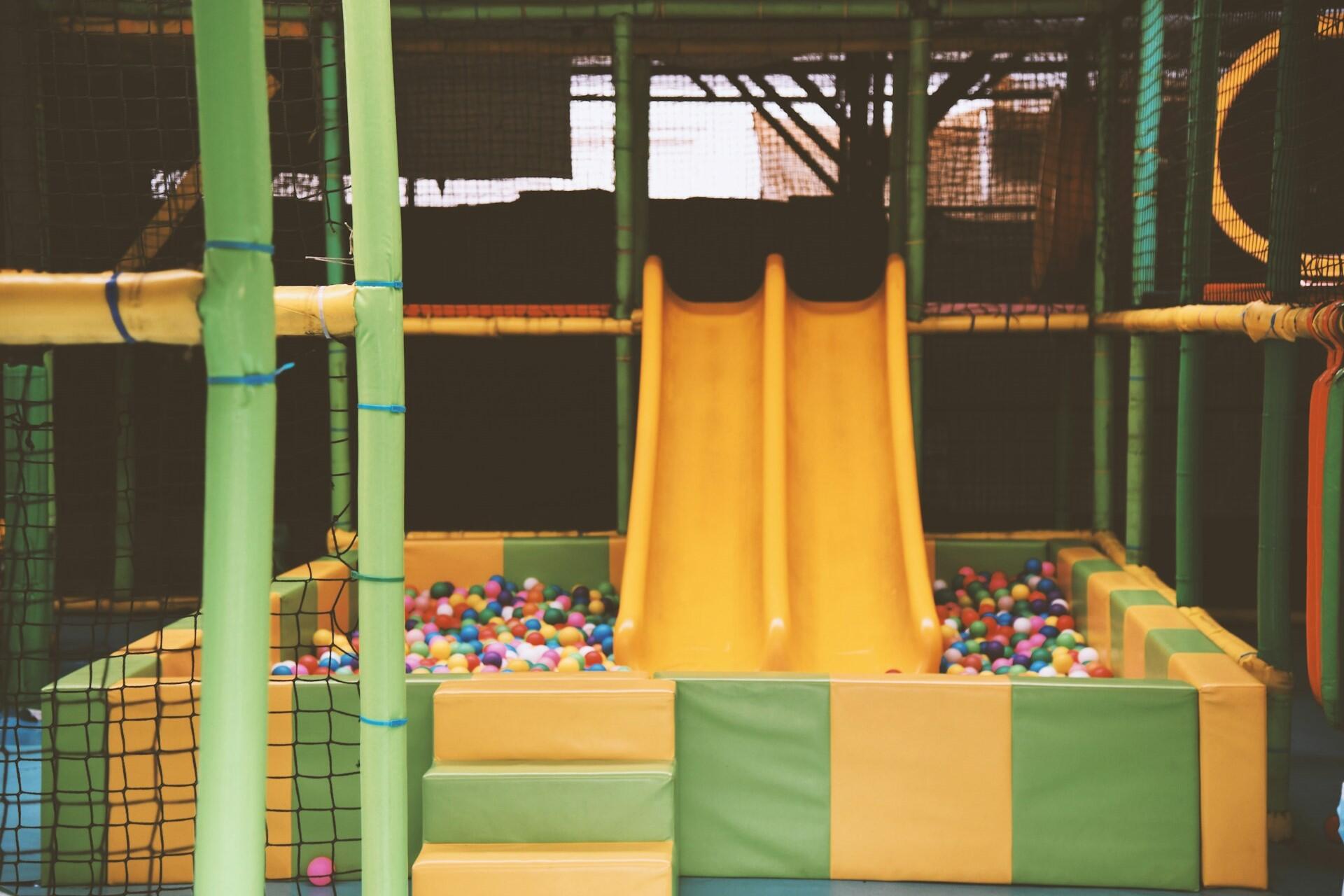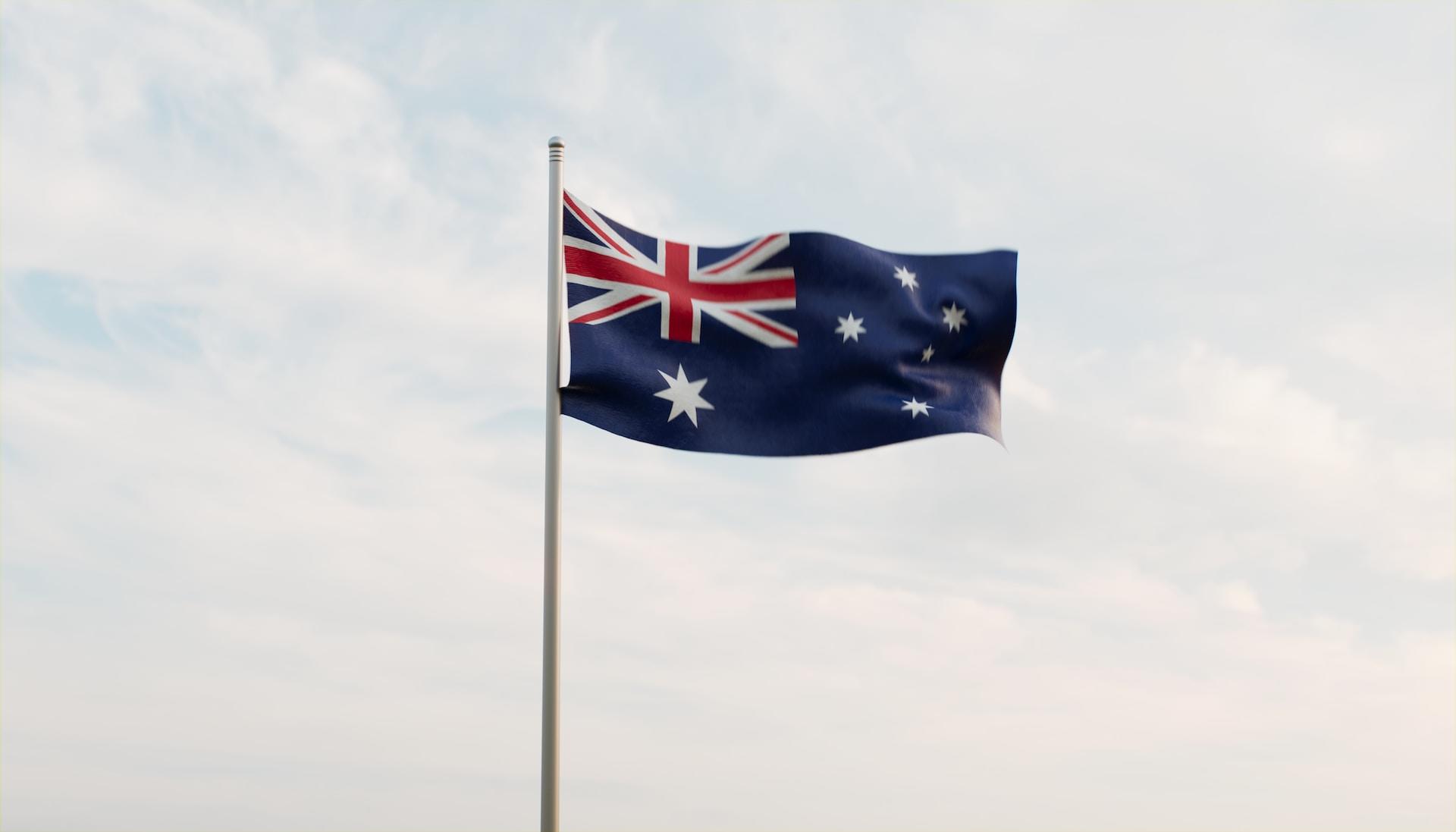Whether you're organising travel, childcare, or just home routines, knowing the school year is essential. Not only will knowing these dates make budgeting and scheduling simpler, but they'll give you peace of mind. In this guide, we have all the key dates for the NSW school holidays 2026.

2026 School Year at a Glance
Just like with the school holidays in Victoria, the 2026 NSW school year consists of four terms, with breaks between each. Certain schools may have slightly different start dates in term 1. After Term 1, all schools follow the same schedule.
Some NSW schools begin the year on different dates depending on whether they are in the Eastern or Western Division. Most schools in the Eastern Division start in February, while Western schools start the following Monday. Always check your school's calendar for the exact start and finish dates.
Term 1 Start
Term 1's start date in NSW is slightly later than Western Australia's term times. However, unlike WA, the start date depends on whether the school is in the Eastern or Western Division. However, the end date for both is the same. This is a good time to settle back into your school routines after the long summer break.
Term 2
Term 2 is a good time for indoor classroom and extracurriculars. Families will notice the shift towards a more academic focus during this time. This is a good time for community-based learning events and school assemblies. The NSW calendar is close to Tasmania's term times, though the different climates affect how families spend their mid-year holidays.

Term 3
Term 3 is often when sports, school productions, and cultural events take place. By this point, students should be in their school rhythm. For families, however, this can feel like a busy time.
Term 4
The final term of the year. This is when there'll be end-of-year performances, celebrations, and academic wrap-up activities. This is when students and families can prepare for the transition to the next academic year. The school year ends, and the summer holidays can begin.
General Planning Notes
It's a good idea to plan around school terms and holidays. Think ahead about extracurricular activities, travel, and childcare. Keep an eye on school communications to avoid missing any important dates.
Public Holidays to Note
Public holidays can also affect the school routine. After all, they create extended weekends, mid-term breaks, and schedule changes. Make sure you know when these happen. Adjust your travel, childcare, and family activities to them.
Key public holidays such as Easter, Labour Day, Christmas, Boxing Day, and Australia Day may affect travel plans and childcare arrangements. These dates can create long weekends or mid-term days off for students and teachers. Marking these events early can help manage family routines.
Public Holidays That Fall During Term Time
Public holidays that fall during term time can be used for rest or short trips to . Certain holidays, such as ANZAC Day, may include community events, ceremonies, or commemorations. Plan accordingly. As in South Australia and other parts of the country, Easter falls during the school holidays by design.

Public Holidays Likely to Affect Family Plans
These holidays fall during the summer break, but it's still worth noting them. After all, this is the peak holiday season, so prices and availability are usually at a premium. Planning early can help somewhat.
Planning Tips Around Public Holidays
Don't forget that public holidays come with different business hours, availability, and sometimes, traffic. Organise bookings and travel as early as you can. It's also worthwhile checking school newsletters and local council arrangements.
Daylight Saving Time in 2026
While Queensland doesn't observe daylight saving time, in NSW, daylight saving time moves clocks forward or backward. While most devices adjust these automatically, it's nice to know whether you get an extra hour or one hour less of sleep. Avoid a late night when the clocks go forward or get some well-earned rest when they go back.
NSW Observes Daylight Saving
New South Wales participates in daylight saving with several other states. The clocks change twice each year. This can be trickier for parents of young children, especially with bedtime routines and the changing daylight hours.
When Daylight Saving Time Ends
Daylight saving ends in early April and aligns with the Autumn school holidays. This is useful since families are on a break. The result: mornings will be lighter and evenings shorter.

When Daylight Saving Time Begins Again
Daylight saving begins again during the Spring school holidays. This is a good time to readjust before the new school year. Evenings will stay brighter, making later outdoor activities easier.
Helpful Planning Notes
With very young children, it's a good idea to make small changes to bedtime routines in the days leading up to it. A few minutes each day over a week or so won't cause any disruption when the clocks change. Enjoy the longer daylight hours in the warmer months for family activities.
The Summer break is long and suits outdoor trips, while the Winter holidays often work better for indoor activities. Spring and Autumn school holidays are popular for weekend travel and day outings with kids. Planning with the season in mind helps families enjoy their time, regardless of the weather.
How to Plan Around the Calendar
Every school holiday, there are different weather patterns and opportunities. Plan around the seasonal changes and you'll enjoy a balance of rest, fun, and learning. As always, thinking and planning ahead go a long way.
Autumn Break Planning (April)
Autumn holidays are just as you get into a rhythm, but it's a welcome break. Mild weather makes it great for more relaxed outdoor activities. Consider using this break to reset routines.
Winter Break Planning (July)
During the coolest months, you can enjoy more indoor activities. Explore museums, galleries, and workshops. There are often special skills sessions for kids to stay engaged with their favourite sports.

Spring Break Planning (September–October)
As the weather begins to warm, you can start shifting to more outdoor activities. Nature, trails, or coastal areas. This is often the last real break before the busy end-of-year period.
Summer Holiday Planning (December–January)
The longest break in the year, this is when you can go on longer trips or relax at home. Unwind, reconnect, and enjoy seasonal activities. Just don't forget to get ready for the following year.
General Family Planning Tips
Avoid the stress of the holiday season by planning ahead. Balance rest and activities. We recommend checking local council information or school communications for affordable or free programs.
























